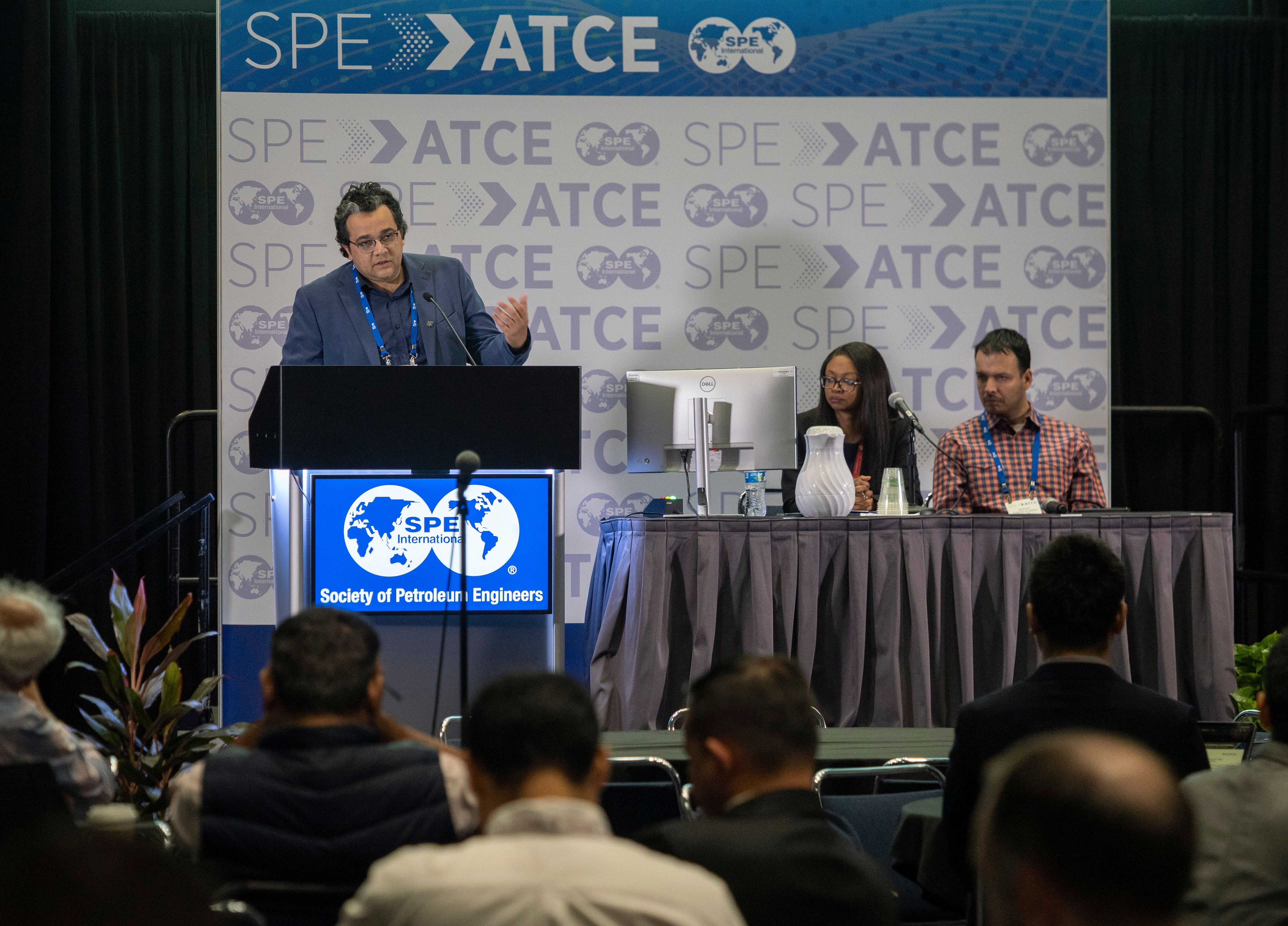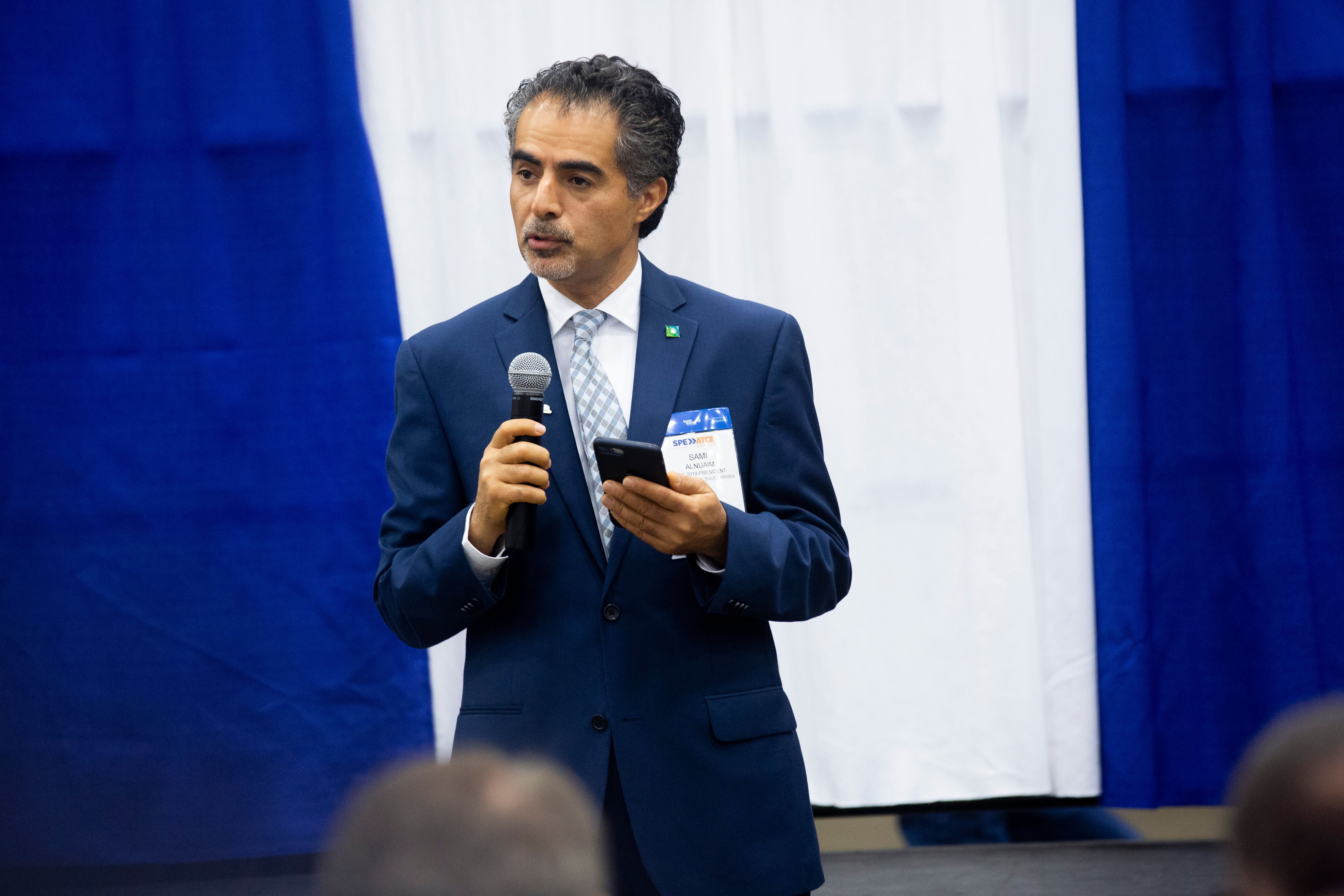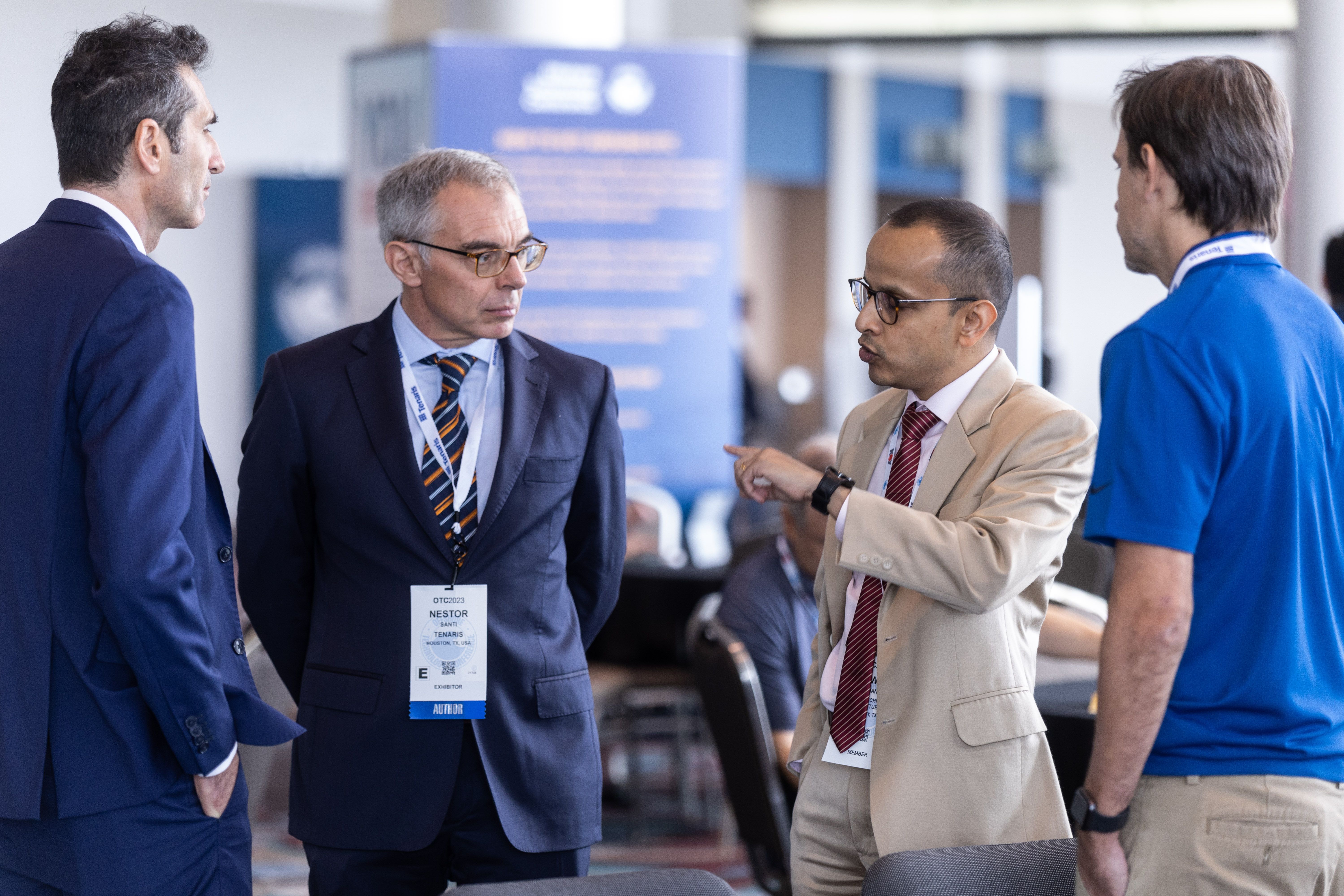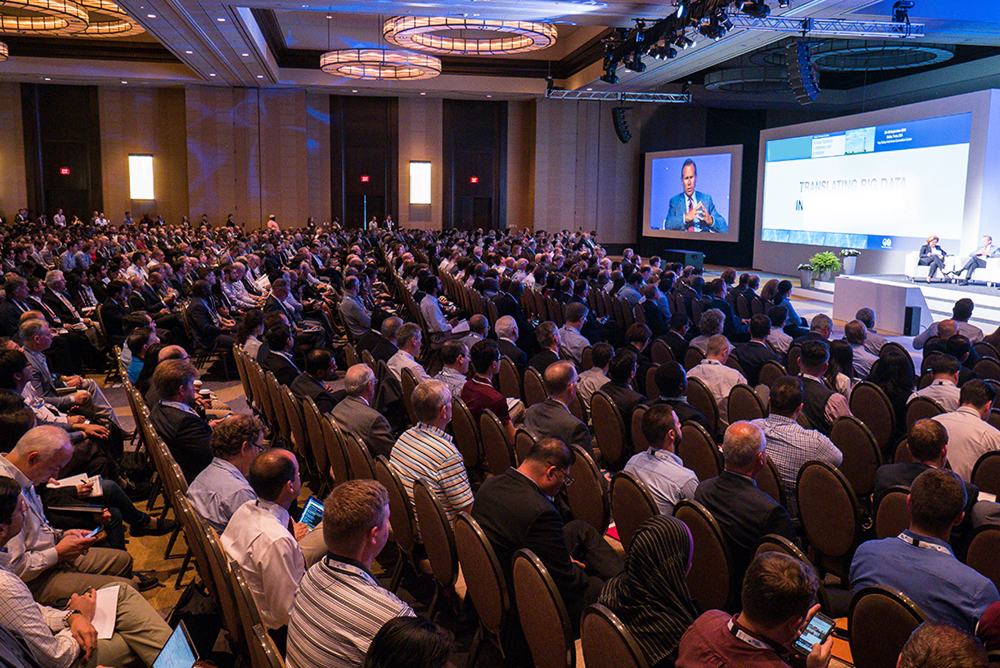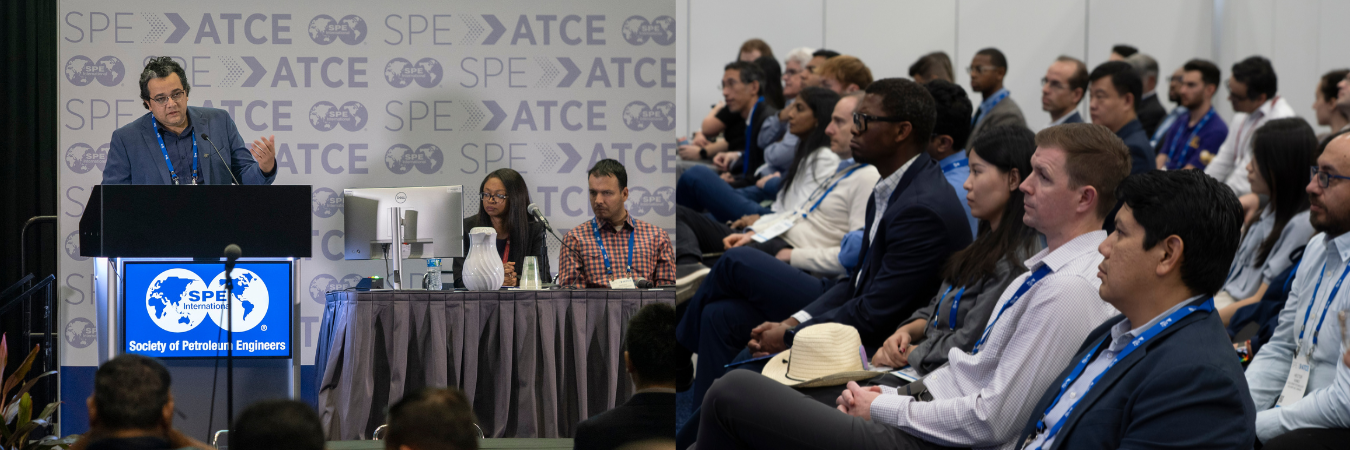The 2026 Annual Technical Conference and Exhibition in Houston, Texas is your opportunity to join a global gathering of industry experts and visionaries sharing cutting-edge insights in energy.
This is your chance to shape the conversation, share your ideas, and drive progress for the next century. Submit your proposal by Monday, 9 March and secure your spot on stage at ATCE 2026!
By submitting a proposal, you will have the opportunity to:
- Share your knowledge and expertise
- Influence the 2026 technical program
- Lead a technical session as a Speaker at ATCE 2026
- Become a published author in OnePetro®
- Be seen as an industry expert
And be a part of the historic legacy that continues to shape the energy sector.




